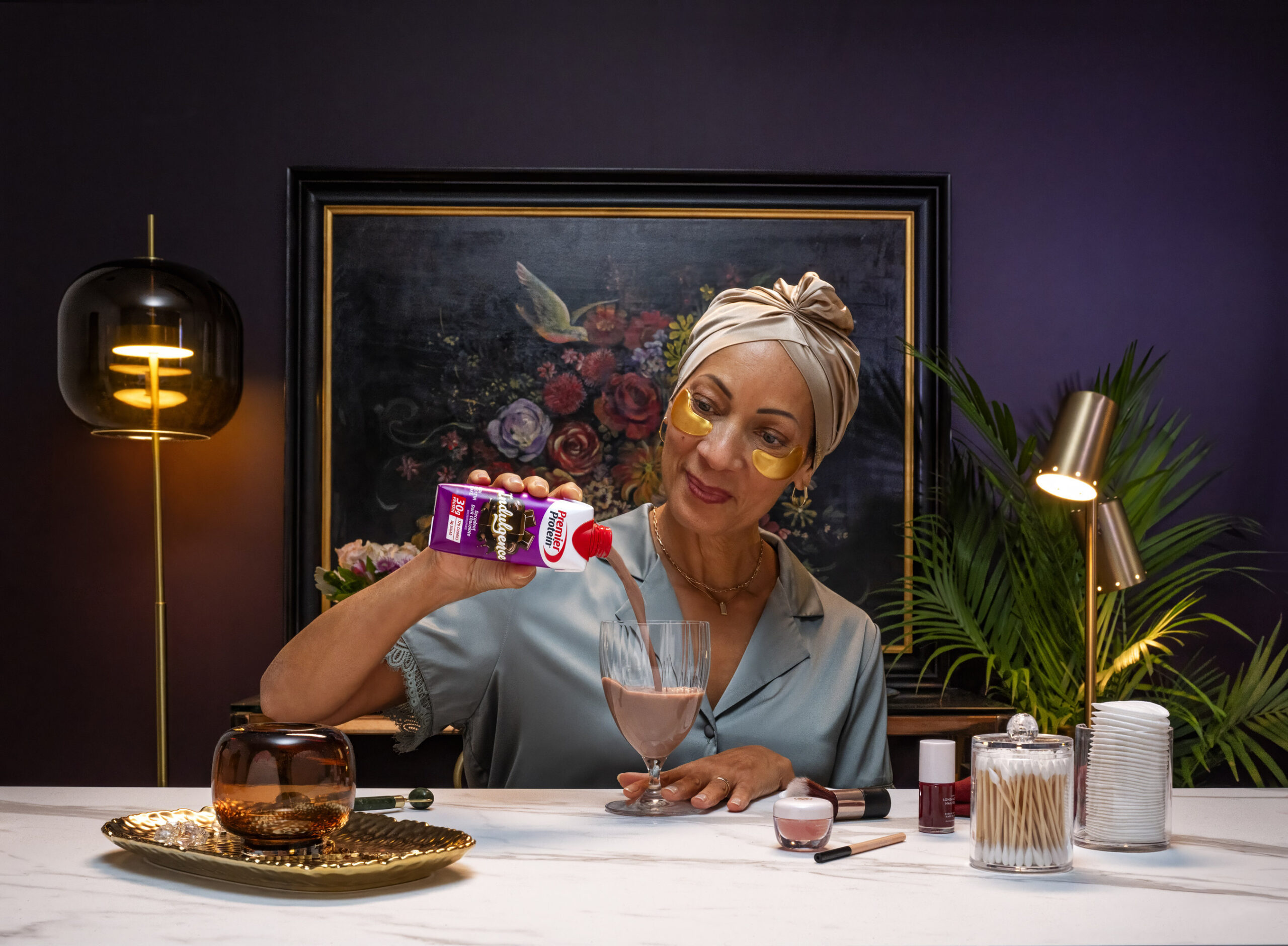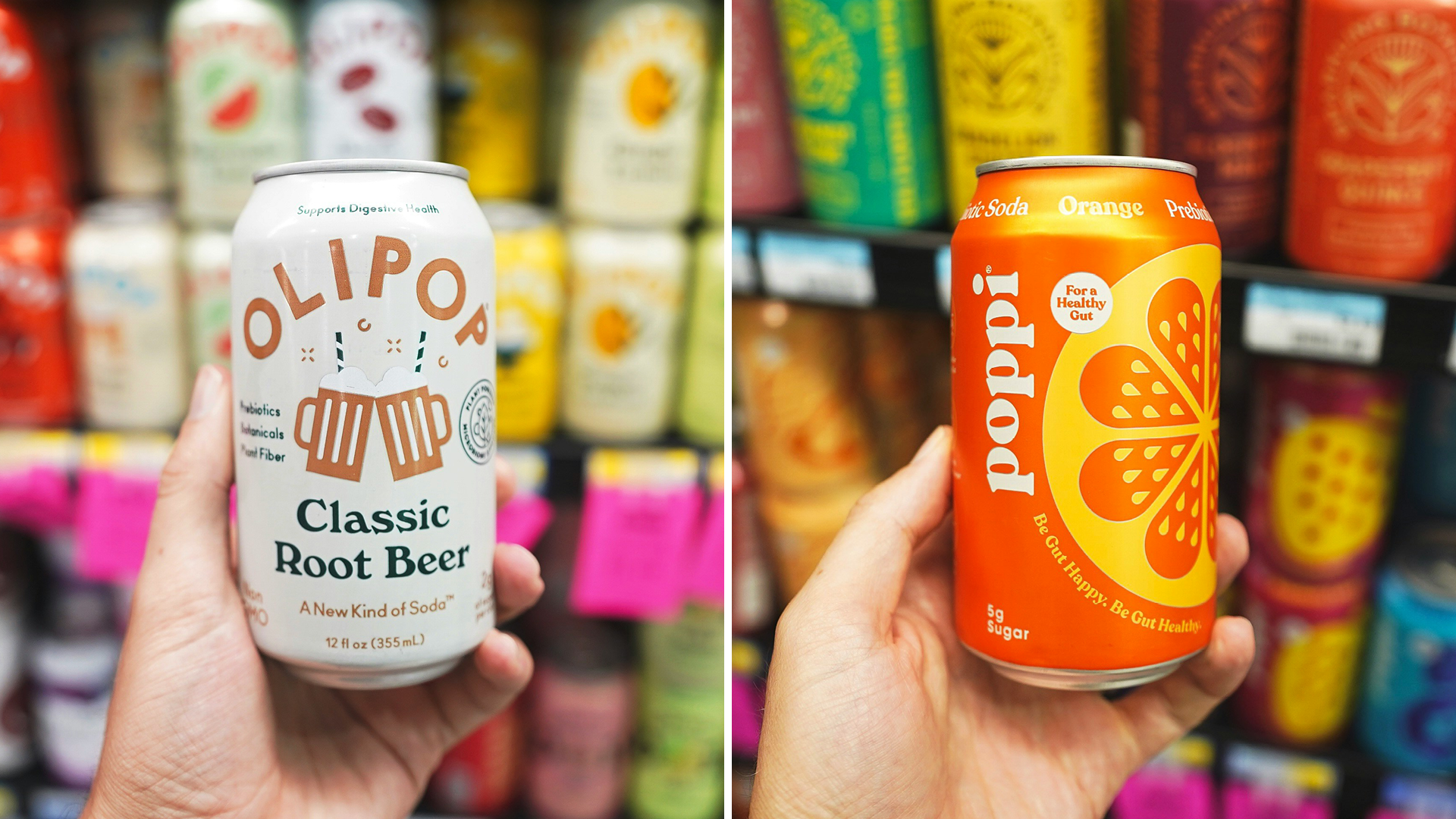The days of a wallet stuffed with cents-off coupons is coming to a close with research indicating digital coupons have overtaken print circulars as a more direct way of reaching consumers.
An analysis by Inmar Intelligence released April 20 found load-to-card coupon redemption increased 27% in the last year, eclipsing paper coupons for the first time.
“Growth in digital coupon redemption has been upward trending now for the past couple of years – which has no doubt been exacerbated by the COVID-19 pandemic,” Spencer Baird, executive vice president and president of MarTech at Inmar Intelligence, said in a blog post. “Digital is now a channel preferred across generations and with many of today’s consumers doing their shopping online, digital coupons provide the most convenience and personalization.”
The analysis found baby boomers and gen Xers represented the highest percentage of shoppers seeking digital coupons, largely because those linked to loyalty cards were much easier to use than paper coupons.
Elias Guerra, founder and CEO of Popwallet, noted in an email to The Food Institute that 99% of paper coupons are never redeemed. Digital delivery enables CPG brands to target consumers on a granular level and to build “a direct and persistent relationship.”
The Inmar report found digital coupon use grew 93% since last year among the top 30% of grocery chains, accelerated by consumers’ reluctance to touch surfaces, especially at the start of the pandemic. Digital grocery redemption was up 56.5% industrywide, Pymnts.com reported (April 21).
Spencer Price, CEO and co-founder of Halla, said grocers and CPG brands in the past used a shotgun approach to coupons, deciding what they wanted to promote and just putting the coupons out there.
“With digital coupons and the right technology partner today, offers can be hyper personalized to target each unique shopper’s preferences,” Price told The Food Institute in an email. “This allows you to offer Earth’s Best organic baby food to health and environmentally conscious parents of infants, Rougie Foie Gras with truffles to a discerning foodie, and Axe 2-in-1 body wash/shampoo for men to a busy young athlete. Customer satisfaction with these offers is much higher than with the shotgun approach.”
He continued: “Shoppers have a better online experience and an easier time saving money on the products they really want. That creates a strong reason for them to be loyal to the grocer that consistently offers them the most relevant products and deals.”
Cheryl Tulipana, media director at Signal Theory, said in an email that consumers are demanding seamless integration, no matter their shopping platform, but though this deepens relations with retailers, manufacturers are losing the ability to make connections, forcing them to seek other avenues for brand engagement.
Digital coupons, however, may not be more cost-effective.
“Digital distribution of coupons definitely impacts advertising costs negatively, meaning that digital distribution of coupons costs marketers more overall than the cheap tonnage of newspaper couponing,” Jonathan Treiber, co-founder and CEO of RevTrax, told The Food Institute. “The additional dynamic is that print pricing has gone down and down as distribution waned and demand for the vehicle dissipated, making print even cheaper.
“Many brands have decided to ride print to the bottom given the cost dynamics, without taking into account diminishing engagement and redemption rates. Digital ROI for coupons is significantly higher than print when you take into account much higher redemption rates and the treasure trove of behavioral first party data that can be captured by the savviest of CPG marketers.”











